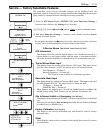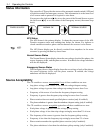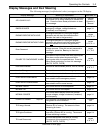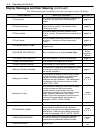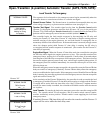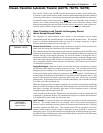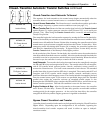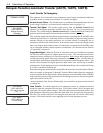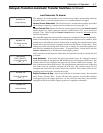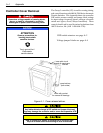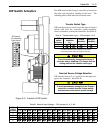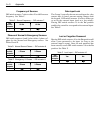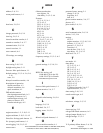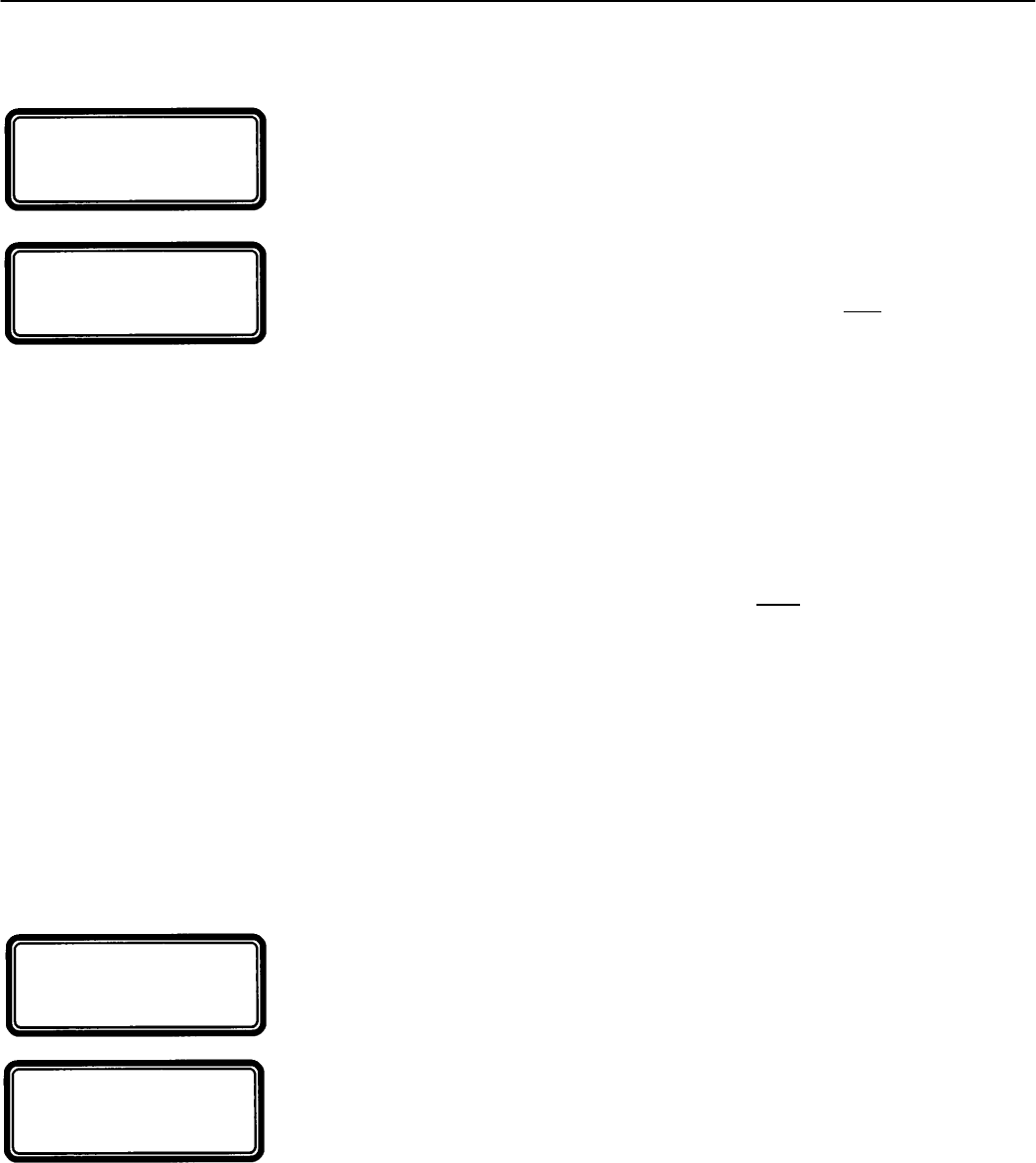
4--6 Description of Operation
Delayed–Transition Automatic Transfer (4ADTS, 7ADTS, 7ADTB)
Load Transfer To Emergency
The sequence for load transfer to the emergency source begins automatically when the
controller detects a normal source failure or a transfer test signal.
Normal Source Failure. The Normal source is considered unacceptable when any one
of six voltage, frequency, or phase rotation conditions occur (see page 3–1).
Transfer Test Signal. Test transfer signal can be from the Tr an sfe r Contr ol switch
(Feature 5), the engine–generator exerciser clock (Feature 11C), or via the serial port
(Feature 72A). When using the Tr an sfe r Con tro l switch,itmustbeheld
in the TransferTest
position until the emergency source becomes available (within 15 seconds).
The controller begins the load transfer sequence by de–energizing the SE and SE2 relays
and starting the Feature 1C time delay. Feature 1C time delay on engine starting prevents
nuisance starting of t he engine–generator set and load transfer to emergency due to
momentary failures of the normal source. If the normal source is restored (voltage returns
above the dropout point) while Feature 1C time delay is running, the SE a nd SE2 relay s
are re–energized and the transfer sequence is terminated. (For transfer test the Feature
1C time delay is bypassed.)
Engine Start Signal. When the Feature 1C time delay ends, the controller de–energizes
the NR relay which signals the engine–generator to start . The controller monitors the
emergency source, waiting for it to become acceptable. Both
voltage and frequency must
reach preset pickup points before the emergency source is accepted. Usually about 10
seconds elapse from dropout of the NR relay to acceptance of the emergency source. This
interval occurs because the engine–generator must crank, start, and run up to nominal
pickup poi nts. If the emergency source is available immediately, the controller will accept
it as soon as the NR relay drops out.
When the emergency source becomes acceptable, the controller starts the F eature 2B time
delay on transfer to emergency (if desired). Feature 2B time delay allows the emergency
source tostabilizebeforeload transfer. If theemergency source fails while Feature 2B time
delay is running, the controller again waits for the emergency source to become acceptable
again and restarts Feature 2B.
At the conclusion of the Feature 2B time delay, the controller is ready to transfer the load
to emergency.
Load Transfer. To transfer the load to the emergency source in a delayed–transition
mode the controller energizes ER relay first. The transfer switch CN coil energizes and
opens the C N t ransfer switch contacts. The load is disconnected from both sources. The
load disconnect time delay starts. When this time delay ends, the controller energizes the
ER relay. The transfer switch CE coil energizes and closes the CE transfer switch main
contacts. The transfer switch is now supplying t he load from emergency source.
NORMAL FAILED
TEST MODE
TEST CIRCUIT 5
Waiting for Emerg
Acceptable
TEST MODE
TEST CIRCUIT 5
Load on Emerg
TEST MODE
TEST CIRCUIT 5
TD Load Disconnect
__min __s



